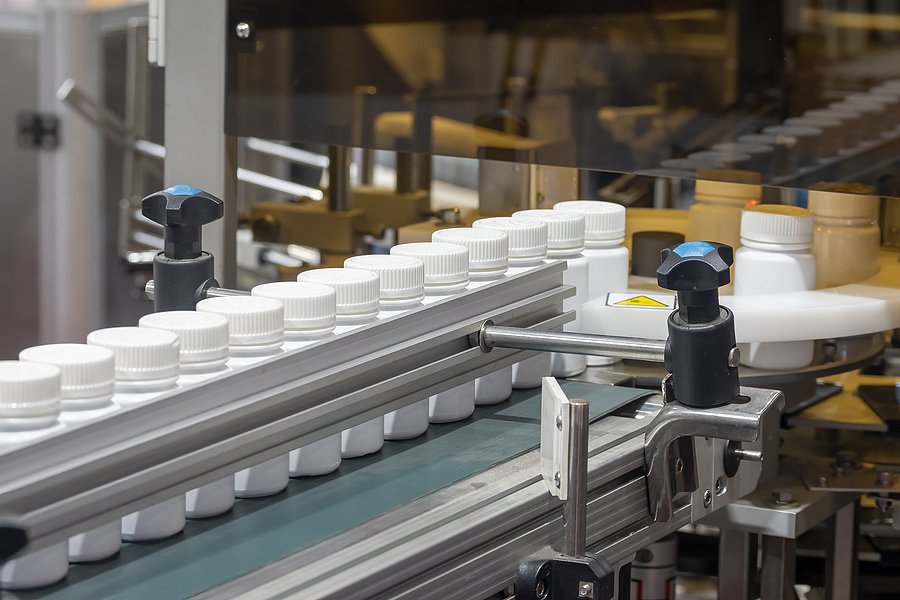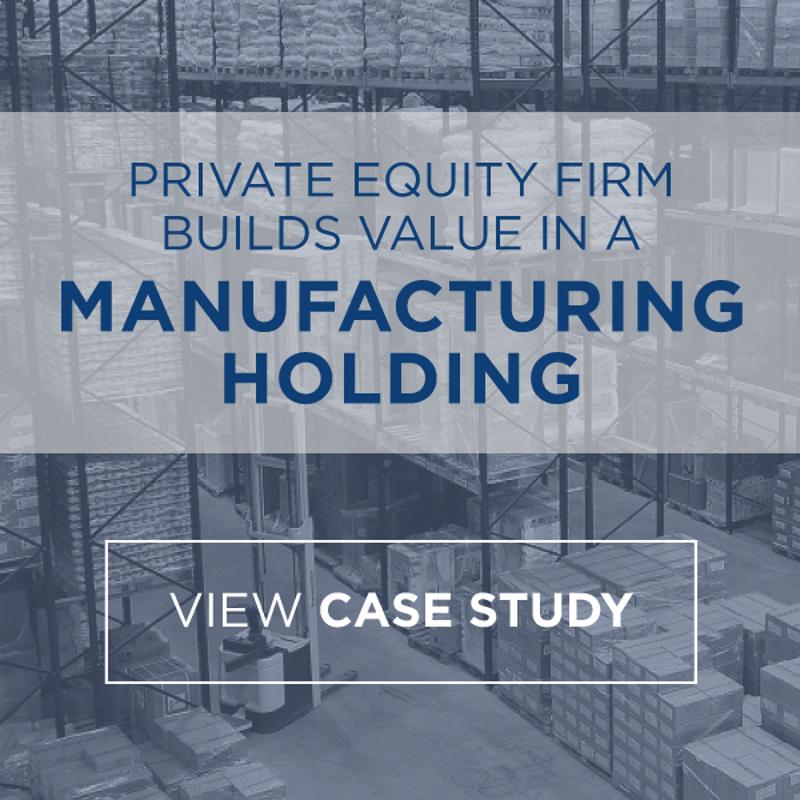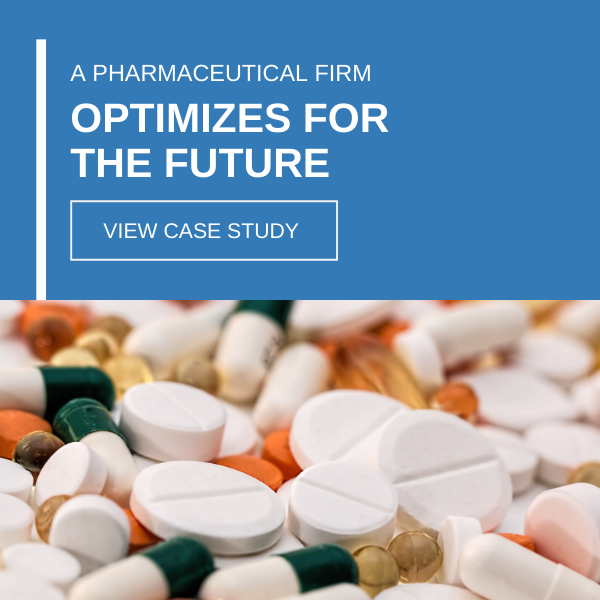-
Subscribe to Blog:
SEARCH THE BLOG
CATEGORIES
- Aerospace
- Asset Maintenance
- Automotive
- Blog
- Building Products
- Case Studies
- Chemical Processing
- Consulting
- Food & Beverage
- Forestry Products
- Hospitals & Healthcare
- Knowledge Transfer
- Lean Manufacturing
- Life Sciences
- Logistics
- Manufacturing
- Material Utilization
- Metals
- Mining
- News
- Office Politics
- Oil & Gas
- Plastics
- Private Equity
- Process Improvement
- Project Management
- Spend Management
- Supply Chain
- Uncategorized
- Utilities
- Whitepapers
BLOG ARCHIVES
- July 2025 (1)
- June 2025 (4)
- May 2025 (1)
- April 2025 (1)
- March 2025 (1)
- February 2025 (4)
- January 2025 (4)
- December 2024 (4)
- November 2024 (2)
- October 2024 (6)
- September 2024 (5)
- August 2024 (5)
- July 2024 (6)
- June 2024 (3)
- May 2024 (3)
- April 2024 (4)
- March 2024 (3)
- February 2024 (4)
- January 2024 (5)
- December 2023 (2)
- November 2023 (1)
- October 2023 (6)
- September 2023 (3)
- August 2023 (4)
- July 2023 (2)
- June 2023 (3)
- May 2023 (7)
- April 2023 (3)
- March 2023 (3)
- February 2023 (5)
- January 2023 (6)
- December 2022 (2)
- November 2022 (5)
- October 2022 (5)
- September 2022 (5)
- August 2022 (6)
- July 2022 (3)
- June 2022 (4)
- May 2022 (5)
- April 2022 (3)
- March 2022 (5)
- February 2022 (4)
- January 2022 (7)
- December 2021 (3)
- November 2021 (5)
- October 2021 (3)
- September 2021 (2)
- August 2021 (6)
- July 2021 (2)
- June 2021 (10)
- May 2021 (4)
- April 2021 (5)
- March 2021 (5)
- February 2021 (3)
- January 2021 (4)
- December 2020 (3)
- November 2020 (3)
- October 2020 (3)
- September 2020 (3)
- August 2020 (4)
- July 2020 (3)
- June 2020 (5)
- May 2020 (3)
- April 2020 (3)
- March 2020 (4)
- February 2020 (4)
- January 2020 (4)
- December 2019 (3)
- November 2019 (2)
- October 2019 (4)
- September 2019 (2)
- August 2019 (4)
- July 2019 (3)
- June 2019 (4)
- May 2019 (2)
- April 2019 (4)
- March 2019 (4)
- February 2019 (5)
- January 2019 (5)
- December 2018 (2)
- November 2018 (2)
- October 2018 (5)
- September 2018 (4)
- August 2018 (3)
- July 2018 (2)
- June 2018 (4)
- May 2018 (3)
- April 2018 (3)
- March 2018 (2)
- February 2018 (2)
- January 2018 (1)
- December 2017 (1)
- November 2017 (2)
- October 2017 (2)
- September 2017 (1)
- August 2017 (2)
- July 2017 (2)
- June 2017 (1)
- April 2017 (3)
- March 2017 (3)
- February 2017 (2)
- January 2017 (2)
- December 2016 (2)
- November 2016 (4)
- October 2016 (4)
- September 2016 (3)
- August 2016 (6)
- July 2016 (4)
- June 2016 (4)
- May 2016 (1)
- April 2016 (3)
- March 2016 (4)
- February 2016 (2)
- January 2016 (4)
- December 2015 (3)
- November 2015 (3)
- October 2015 (1)
- September 2015 (1)
- August 2015 (4)
- July 2015 (6)
- June 2015 (4)
- May 2015 (7)
- April 2015 (6)
- March 2015 (6)
- February 2015 (4)
- January 2015 (3)
CONNECT WITH US
Tag Archives: Life Sciences Industry
What’s ahead for the life sciences industry? One word: Growth.
Like the focused medical industry, this larger category of all things related to human health research and development experienced an unprecedented period of growth during the pandemic. While that explosion is likely to level off and normalize, life sciences can expect a bright future — albeit with some challenges on the road ahead. They include supply chain disruption, staffing shortages and the increased need to become more efficient in manufacturing to keep up with demand.
Current life sciences trends
The life sciences industry is a big tent, encompassing the development and production of products and services geared toward biology, medicine and health care. We’re talking about pharmaceuticals, biotech, medical devices, clinical research, robotics, genomes and more. Everyone was witness to the great vaccine race of 2020, with big pharma rushing to develop the COVID vaccine. While that moment of urgency has, thankfully, passed, the industry is still feeling the effects of the pandemic, spurring continued growth in intellectual property.
Here are some of the life sciences trends we’re seeing in the industry for the coming year (and beyond).
Digitization
This trend isn’t unique to life sciences, but it’s definitely taking center stage in this industry. Using data analytics, artificial intelligence and machine learning to further personalize health care treatments, gain more meaningful insights, hone and enhance pharmaceuticals and devices, and improve outcomes will remain a focus in the near future and beyond.
M&A
Remember that vaccine race we were talking about? While the worldwide COVID vax panic has passed, the race for newer, better innovations in vaccines, drugs and other pharma intellectual property is still on. Like many other industries, life sciences is feeling the effects of disruption via startups. In life sciences, that means smaller companies that are going full tilt into scientific advancements. Experts believe this trend will drive a significant amount of mergers and acquisitions. Look for big pharma to target small, innovative companies. According to ContractPharma, companies with less than $250 million in revenue are powering innovation in biopharma. By 2026, ContractPharma predicts those companies will account for 60% of biopharma’s growth.
Manufacturing
All of this innovation and M&A activity is predicted to impact manufacturing as well, not only in the area of things like AI and robotics-fueled innovation and the exploding demand for personal medical devices (fueled by the telehealth tsunami) but in good, old fashioned upgrades to facilities, focuses on efficiencies, and the ability to do more with less. Because of all the innovation and increased demand, life sciences manufacturing needs to be lean and mean.

Supply chain disruption
How many of us would love to never hear that phrase again? Yet, it continues to plague almost every industry, from chicken farming to biopharma. In life sciences, it’s about costs, logistics, shortages of the drugs themselves (c’mon Hollywood, stop using Ozempic for weight loss!), and changes in trade policy.
Staffing
Staffing woes are hitting life sciences on all sides. The industry is experiencing challenges finding workers in manufacturing facilities, but it’s not just those frontline employees that are scarce these days. There’s a growing shortage of pharmacists, leading to the very recent announcement that CVS and Walmart are cutting their pharmacy hours in stores nationwide.
All that said, the industry looks bright in the areas of innovation and growth. There will be bumps along the way which include drug shortages, the staffing needed to get those drugs into the hands of patients, as well as the overriding need for manufacturing of drugs, personal health devices and other health equipment to be as efficient as possible. A management consulting firm can help them get there.
Augmenting the Life Sciences industry
At USC Consulting Group, we are operations management consultants who specialize in helping manufacturers, including those in healthcare and life sciences, transform their operations and processes into lean (or Lean) and mean operations, functioning at optimal efficiency levels.
Looking at the current life sciences trends, it’s clear that the M&A push along with supply chain and manufacturing challenges require some introspection of operations management industrywide. With M&As comes due diligence prior to any deal, then the blending of processes, procedures, and even equipment and facilities after the acquisition. Managing that is an enormous job. Combine that with staffing woes and continued supply chain disruption, and it’s easy to see the urgency for efficiency in operations.
Our goal is to improve business performance by increasing productivity and throughput, reducing costs, eliminating waste, improving quality and leveraging existing assets.
To get there, we will typically focus on Lean Six Sigma methodologies, including:
- Reduced Waste: Aggressively minimizing or eliminating anything that does not add value
- Just Right: Right venue, right conditions, right resources
- Self-Sustainment: Culture of improvement without continuous top-level instigation
- Protected: Anticipation of unpredictable and fluctuating demand
- Cost-Management: Provide your organization with the ability to better manage the cost component of delivering quality patient care
One key element in our approach that you may not find elsewhere: We get onto the floor and partner with your employees, the people who are doing the job day to day. We also involve your upper management and C-suite execs to achieve success with a top-down and bottom-up approach.
Whether the end product is high-tech medical devices or branded pharmaceuticals, life sciences companies have much to gain from kicking their manufacturing efficiencies into high gear. This marketplace demands it. The race for innovation is high, and companies need to develop and manufacture product quickly to avoid being left behind.
Our extensive experience in life sciences has helped countless companies implement business intelligence solutions to increase productivity, reduce labor, lower overall operating costs and improve yields and product quality. Our particular expertise covers the clean room environment, packaging methods ranging from multivac to hand assembly, and pharmaceutical delivery methods such as liquid, suspension, gelcaps, tablets and softgels.
We’ll work at every level within your company to deliver improvements that net substantial savings. And we’ll leave you with the knowledge, tools and technology to sustain those improvements over time.
Contact USC Consulting Group today to infuse life back into your operations.
In March 2010, then President Barack Obama signed into law the Patient Protection and Affordable Care Act and ushered in the era of value-based health care. While various groups within the medical community had been pursuing this outcome for decades, the passage and enactment of the legislation greenlit the creation of regulatory infrastructure needed to promote and facilitate widespread adoption among health care providers, medical device makers and pharmaceutical firms, according to research published in the journal Current Reviews in Musculoskeletal Medicine. Experts predicted the effects of this would ripple across numerous health care-adjacent industries – most notably, the life sciences space.
Did this transformation unfold as expected? Now almost a decade removed from the signing of the ACA, it is possible to assess how the emergence of value-based care has impacted this key sector.
Grappling with operational change
In the immediate aftermath of the legislation, the Centers for Medicare and Medicaid Services swapped the volumetric provider repayment models of the past for those centered on patient outcomes. This modification incentivized hospitals to embrace value-based workflows that reduced the likelihood of readmission and eliminated unnecessary costs to patients. Businesses in the life sciences sector were ultimately forced to grapple with this transformation, as health care providers encouraged them to adopt value-based contracting practices.
The organizations that accepted this challenge made significant adjustments to their operations, incorporating evidence-gathering and patient-engagement methodologies into existing research and development processes with the intention of cultivating effective products that would bolster patient outcomes and therefore generate revenue. However, some companies in the life sciences space resisted, including pharmaceutical firms, many of which leveraged their power in the marketplace to push back against providers promoting value-based care. Just one-quarter of drug companies have adopted value-based contracting strategies, according to PricewaterhouseCoopers.
More transformation on the horizon
The value-based care transformation continues today, despite recent policy changes related to the ACA. Why? The concept works as intended. Almost 80 percent of insurance companies saw care outcomes improve between 2016 and 2018, while watching overall medical costs decrease by more than 5 percent over the same span, researchers from Change Health Care found. This is partially why 75 percent of providers are lobbying vendors in the life sciences sector and other industries to enter into value-based contracting agreements, according to Premier.
In the past, organizations in the industry may have been able to ignore these calls. However, the maturing state of value-based care and pressure from consumers is making this difficult. Here in the U.S., an estimated 80 percent of individuals using medication say pharmaceutical pricing is unreasonable, analysts for the Kaiser Family Foundation discovered. Politicians on both sides of the aisle agree and have expressed a willingness to intervene on patients’ behalf.
With this state of affairs in play, organizations in the life sciences arena would be wise to evaluate their internal workflows and move forward with modifications that prepare them for the value-based future. Here at USC Consulting Group, we have been helping businesses optimize their operations for decades, leveraging proven techniques and tools that ease change and lay the foundation for growth.
Contact us today to learn more about our work.







